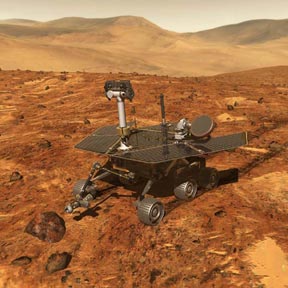This is what an artist thinks one of the MER rovers will look like on Mars.
Click on image for full size
Image courtesy NASA/JPL
About the Mars Exploration Rover (MER) Mission
NASA's Mars Exploration Rover (MER) mission has sent two robot rovers to Mars. The two robots landed at different places on Mars. The places are called Gusev Crater and Meridiani Planum. Scientists think there might have been water at each of the places in the past. Places that had water are the best places to look for signs of life. The rovers have special instruments to look for signs of water.
The two MER spacecraft blasted off in June and July of 2003. They got to Mars in January 2004. The two rovers have been given names. The first is named "Spirit" and the second is called "Opportunity".
You might also be interested in:
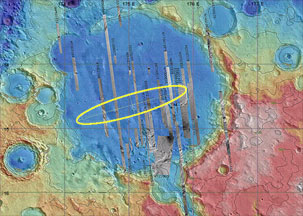
Two robot rovers landed on Mars in January 2004. The first robot is named Spirit. Spirit landed inside a big crater called Gusev Crater. Gusev Crater may have been filled with water long ago. It may have
...more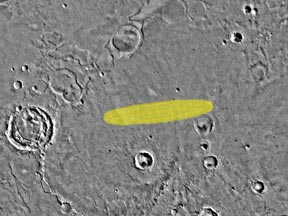
Two robot rovers landed on Mars in January 2004. They are called the Mars Exploration Rover mission. One rover is named Spirit. The other is called Opportunity. Opportunity landed at a place called Meridiani
...more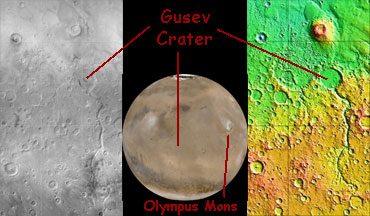
Gusev Crater is an impact crater on Mars that looks as though a lake may have once filled it in the distant past. One of the two Mars Exploration Rovers (MER) will explore Gusev Crater beginning in January
...more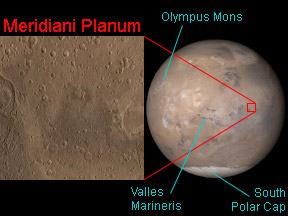
Meridiani Planum is the name of a flat plain on Mars. Opportunity landed there. Opportunity is one of the Mars Exploration Rovers. Meridiani Planum is very flat. "Planum" means "plain". Scientists think
...more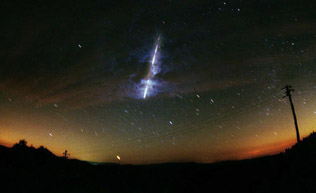
Meteors are streaks of light, usually lasting just a few seconds, which people occasionally see in the night sky. They are sometimes called "shooting stars" or "falling stars", though they are not stars
...more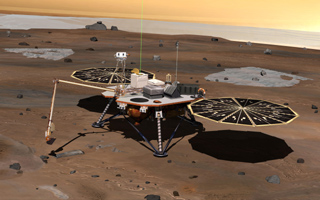
NASA has a new spaceship on Mars. The robot is called the Phoenix Mars Lander. Phoenix landed near the North Pole on Mars. This page tells about the mission of Phoenix. It also describes the instruments
...more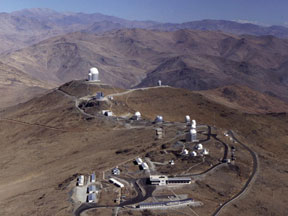
The Atacama Desert is in Chile in South America. It is one of the driest places on Earth. Somehow a few kinds of plants, animals, and microbes are able to live there. Even some people live and work in
...more


